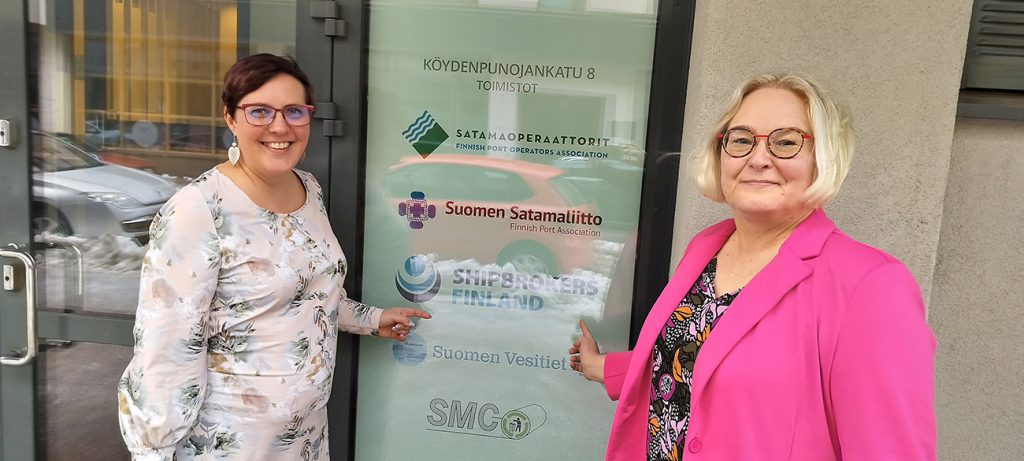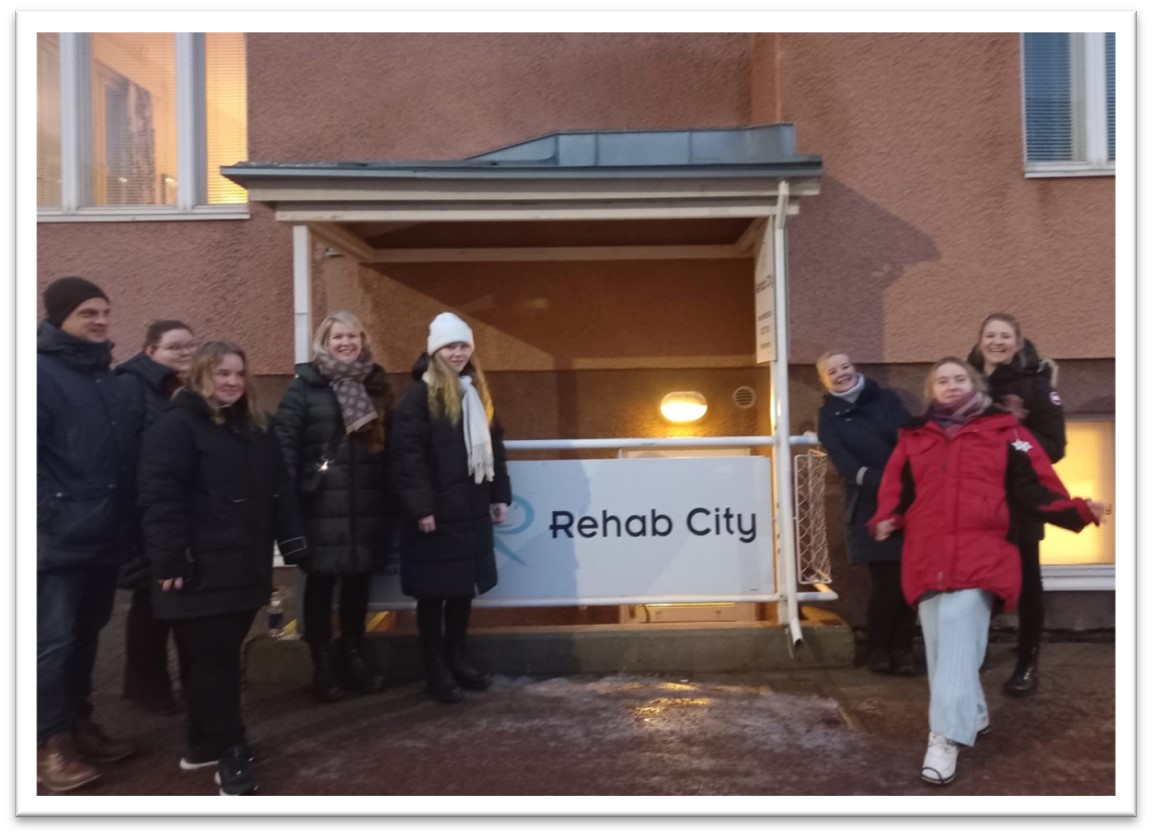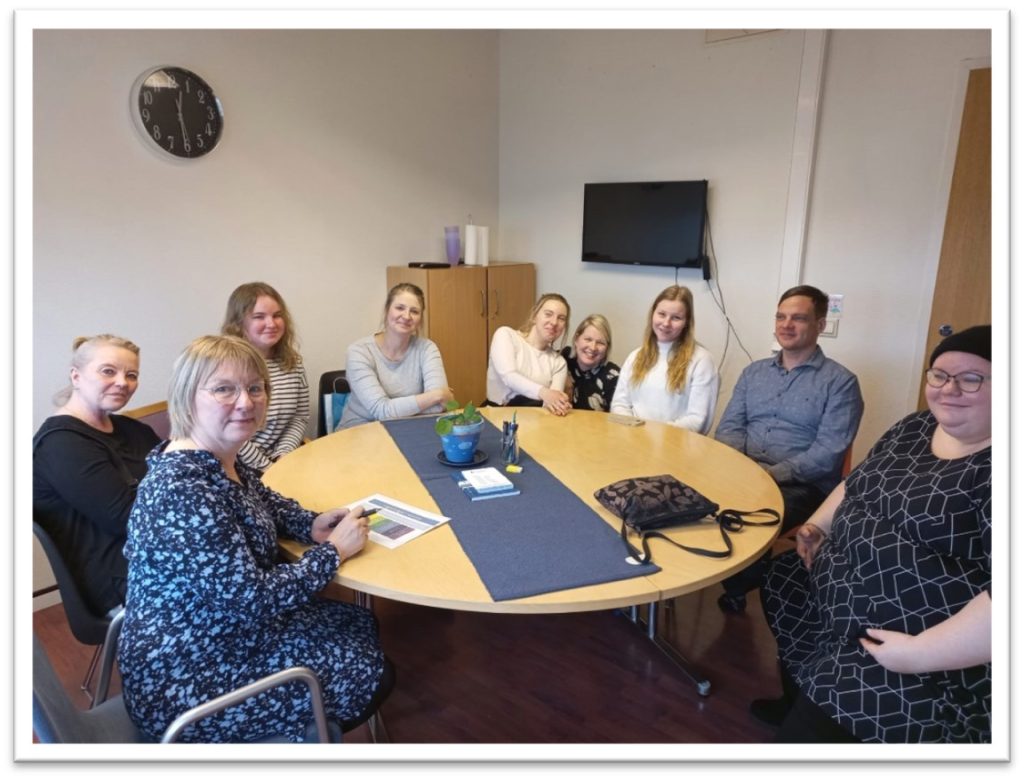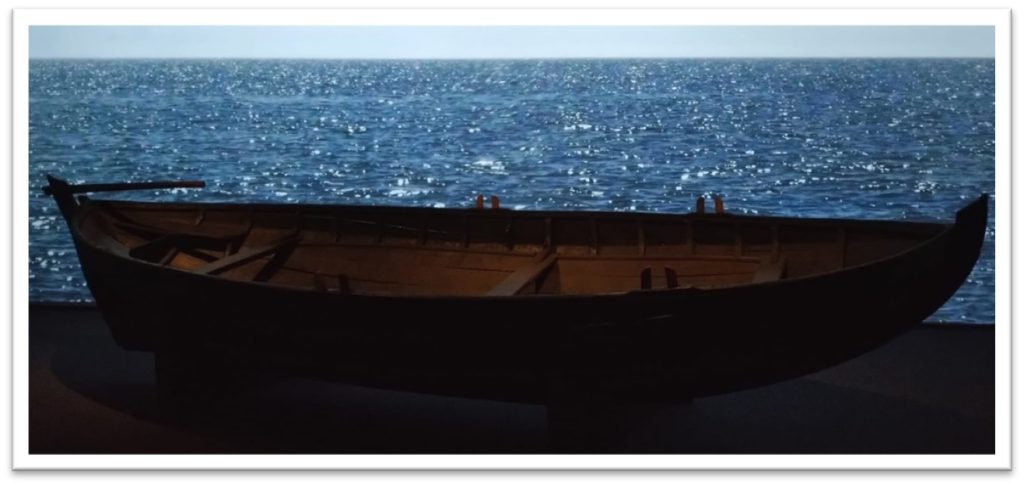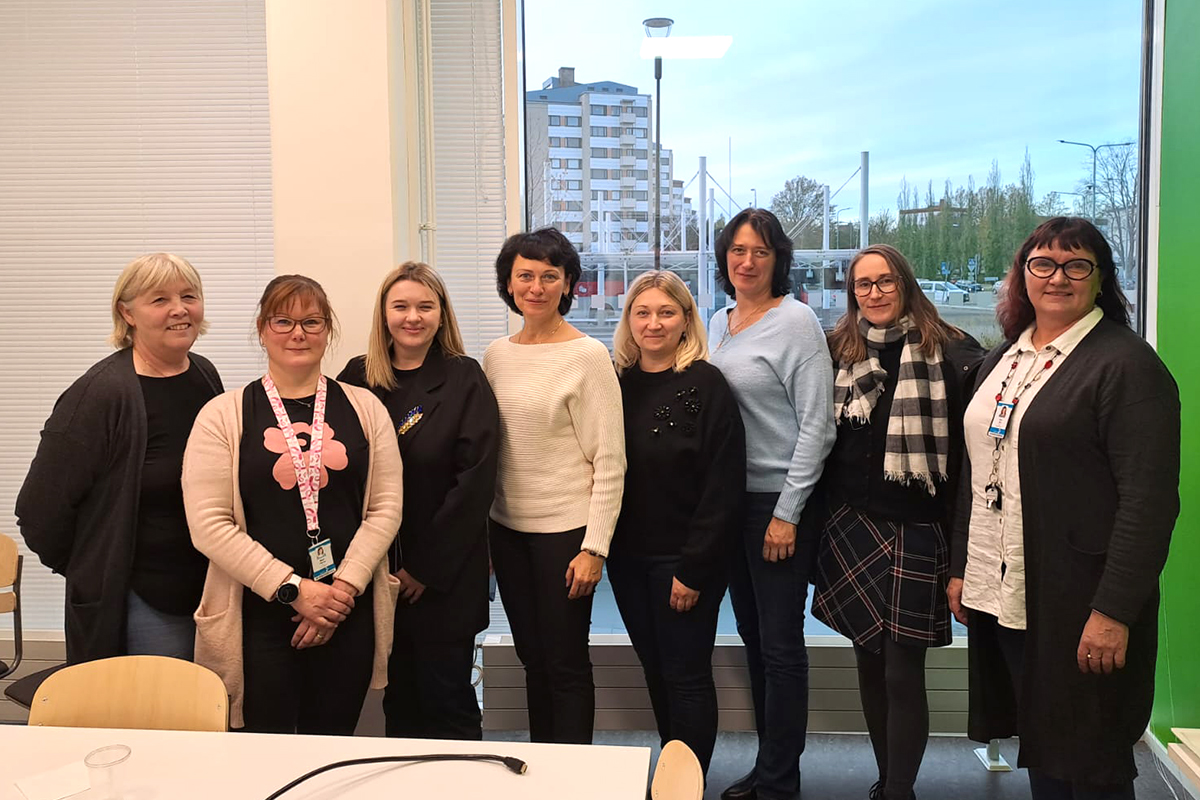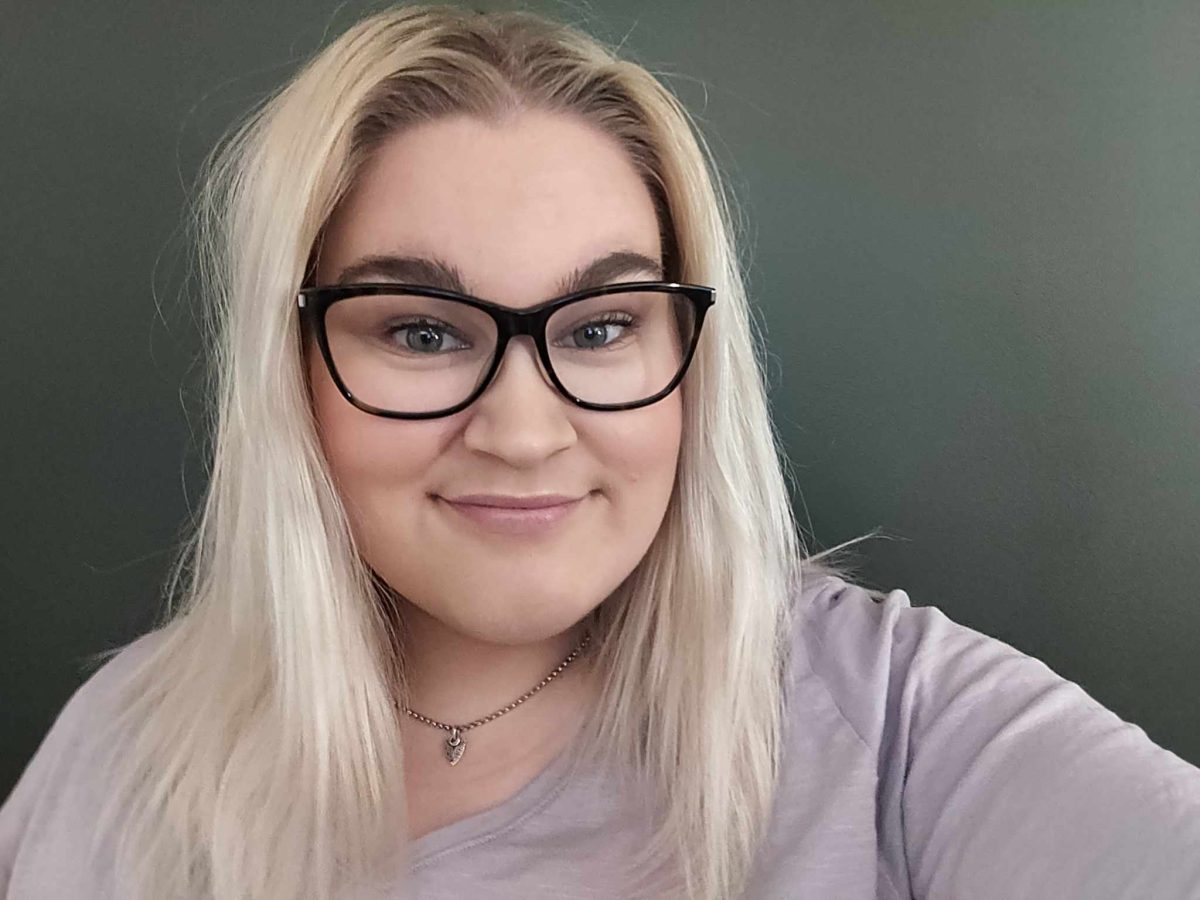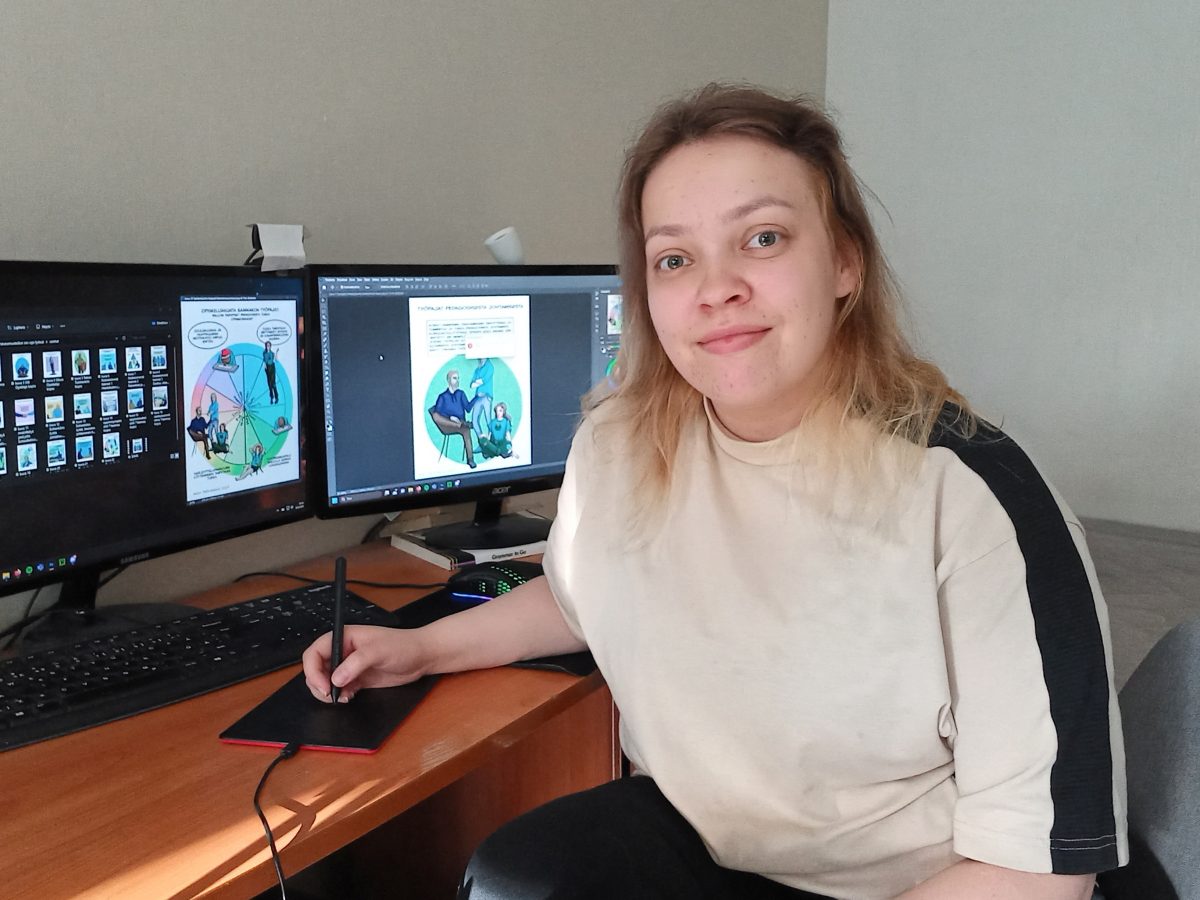Aloitin AMK-harjoittelijana suurlähetystön poliittisen tiimin assistenttitiimissä maaliskuun alussa ja olen ehtinyt jo oppia harjoittelussa paljon uusia taitoja, mutta myös havainnoida uutta, väliaikaista kotikaupunkiani. Tukholma oli minulle tuttu kohde lomareissuilta ja päiväristeilyiltä, ja tulipa lukioikäisenä myös majoituttua viikko etelätukholmalaisen koulun lattialla salibandyleirin aikana. Varsinainen arki Tukholmassa on kuitenkin ollut uusi kokemus ja haaste. Onhan Tukholma paljon muutakin kuin vanha kaupunki, Åhléns ja Gröna Lund.
Tiesin jo ennakkoon, että asuntotilanne Tukholmassa on haastava. Siispä aloitin jo joulukuussa heti harjoittelupaikan varmistuttua etsimään asuntoa. Huomasin nopeasti, että joko olisi maksettava huomattavasti enemmän asumisesta tai sitten tingittävä sijainnista. Päädyin jälkimmäiseen vaihtoehtoon, joka tarkoittaa, että kuljen joka aamu metrolla eli tunnelbanalla noin 45 minuutin työmatkan, johon sisältyy yksi vaihto. On myös ollut jännittävää asua tuntemattoman kämppiksen kanssa, sillä päädyin alivuokraamaan huoneen asunnosta, jossa myös vuokranantajani asuu. Asunnon kanssa kävi kyllä hyvä tuuri, ainoastaan välillä joudun vähän jännittämään kuinka asunnon viherkasvit selviävät hoidossani asunnon omistajan ollessa pitkiä pätkiä reissussa.
Ensimmäisellä viikolla kävin joka päivä kaupassa ja yritin muistella, mitä sitä oikein tuleekaan syötyä arkena. Elintarvikkeet ovat pitkälti samoja kuin Suomessa, mutta Suomen valikoimat ovat todella paljon runsaammat kuin täällä. Alkuun olin yllättynyt, kun kaupasta löytyi vain ulkomaalaista kurkkua, koska Suomessahan saa suomalaista kurkkua ympäri vuoden. Jossakin kohtaa tuli vastaan iloinen yllätys, kun ulkomaalaisena kurkkuna olikin tarjolla suomalaista kurkkua espanjalaisen sijaan! Soijarouhetta tai pikapuuropusseja täältä ei tahdo kaupasta löytyä, ja niitä kollegat kuulemmat aina tuovatkin Suomessa käydessään.

Isompaa kulttuurishokkia ei ole kuitenkaan päässyt syntymään, koska elämä Tukholmassa ei lopulta juurikaan eroa arjesta Suomessa alun asettumisen jälkeen. Julkinen liikenne toimii hyvin ja Tukholmassa riittää nähtävää. Huomasin alkuun, että vaikka puhun ja ymmärrän ruotsia todella hyvin, niin paikalliset vaihtavat kielen herkästi englantiin, jos yhtään vaikuttaa siltä, että keskustelukumppani ei ymmärrä ruotsia tai puhu sitä sujuvasti.
Harjoittelun aikana olen päässyt osallistumaan erilaisiin tapahtumiin, joissa olen tutustunut myös ruotsalaiseen minglauskulttuuriin. Lähes kaikissa tapahtumissa on varattu aikaa minglaukselle, joka tarkoittaa siis vapaamuotoisempaa osuutta, jolloin on aikaa vaihtaa kuulumisia muiden osallistujien kesken ja verkostoitua uusien tuttavien kanssa, yleensä vaikkapa kahvikupillisen äärellä. Näissä tilanteissa pitäisi olla itse rohkeampi ja mennä aktiivisesti luomaan verkostoja, mutta harjoittelijana olen vielä tuntenut oloni hieman epävarmaksi ja jäänyt vaihtamaan kuulumisia pääasiassa kollegoiden tai muiden harjoittelijoiden kanssa. Tässäpä siis tavoitetta harjoittelun loppuajalle.
Harjoittelun ohessa on ollut hienoa osallistua myös muutamiin kansainvälisiin suurlähetystöharjoittelijoille tarkoitettuihin kokoontumisiin ja after work -tilaisuuksiin. On ollut mielenkiintoista verrata harjoittelukokemuksia esimerkiksi tanskalaisten ja tšekkiläisten harjoittelijoiden kanssa. Tšekkiläisten kanssa jutellessa tuli hauska kysymys, kun he halusivat tietää, että pidämmekö me suomalaiset ruotsalaisia jäykkinä, kylminä ja vaikeasti lähestyttävinä. Kysymys sai minut ja suomalaisen harjoittelijakollegani hieman hämmentymään ja taisimme naurahtaakin, koska tuo kuvaus osui niin lähelle stereotyyppistä kuvausta suomalaisista. Suomessa ruotsalaisia on pidetty ehkäpä juuri päinvastoin avoimina, positiivisina ja sosiaalisina. Tämän myös kerroimme, ja saimme aikaan hyvän keskustelun stereotypioista ja niiden vastaavuudesta todellisuuteen. Täällä kokemani mukaan Suomi ja suomalaiset nauttivat oikein hyvää mainetta Ruotsissa sekä myös esimerkiksi muiden maiden harjoittelijoiden parissa. Etenkin meidän opiskelijoiden kannattaa ottaa siitä hyöty irti ja unohtaa stereotypiat ja turha vaatimattomuus.
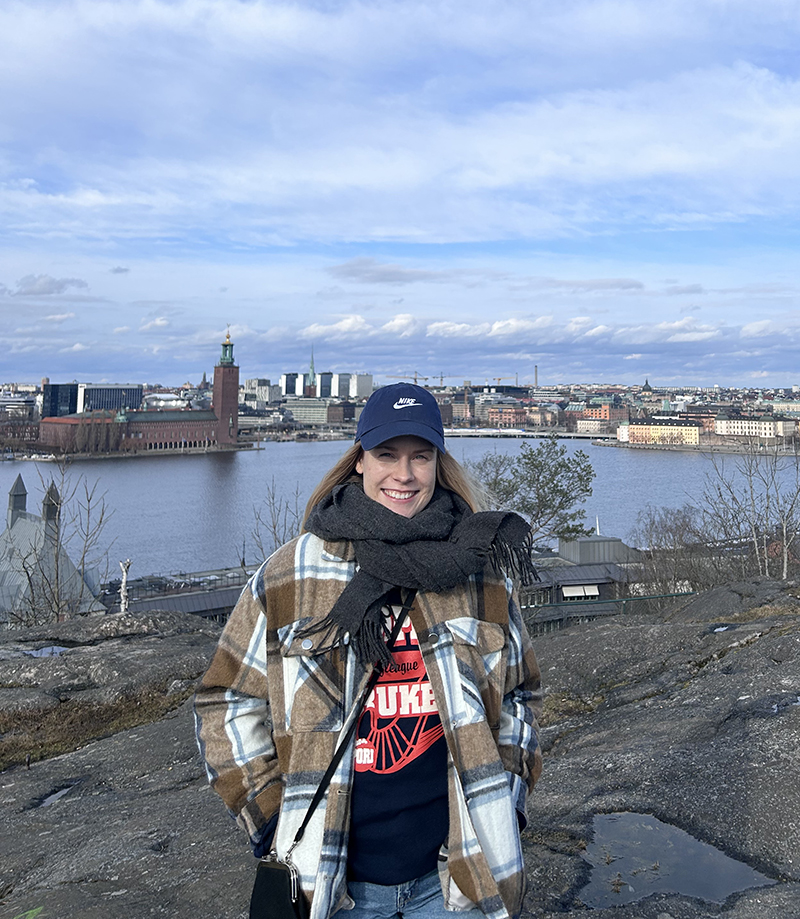
Anni Tapani
Kirjoittaja on toisen vuoden tradenomiopiskelija, humanististen tieteiden kandidaatti ja pohjoismaisten kielten maisteriopiskelija, joka toteuttaa parhaillaan unelmaansa harjoittelujaksosta ulkomailla.

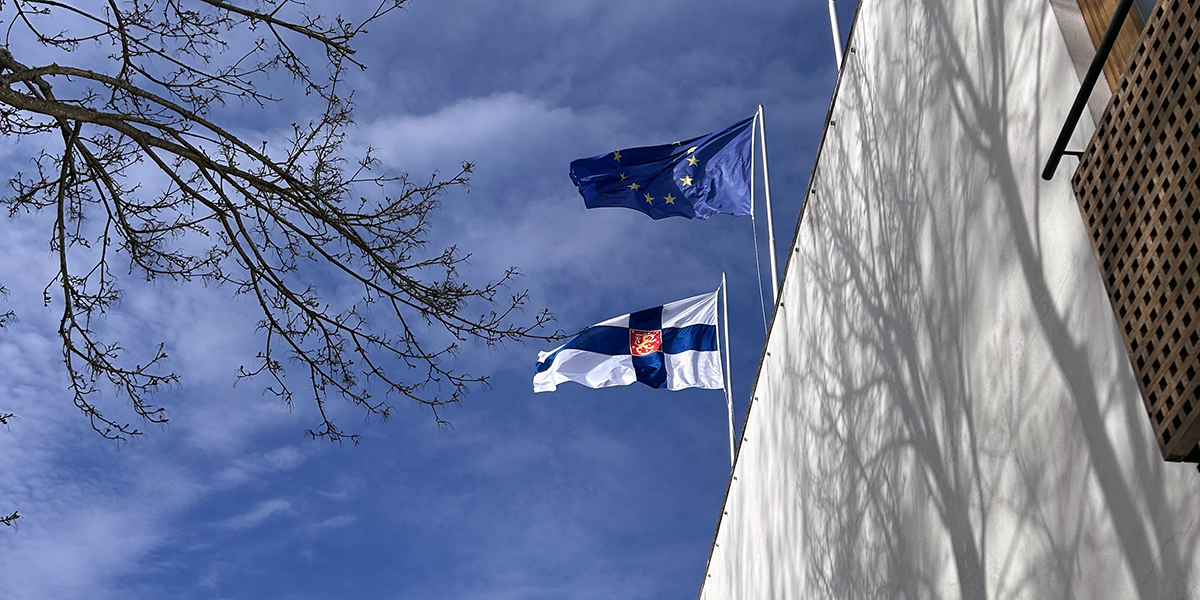
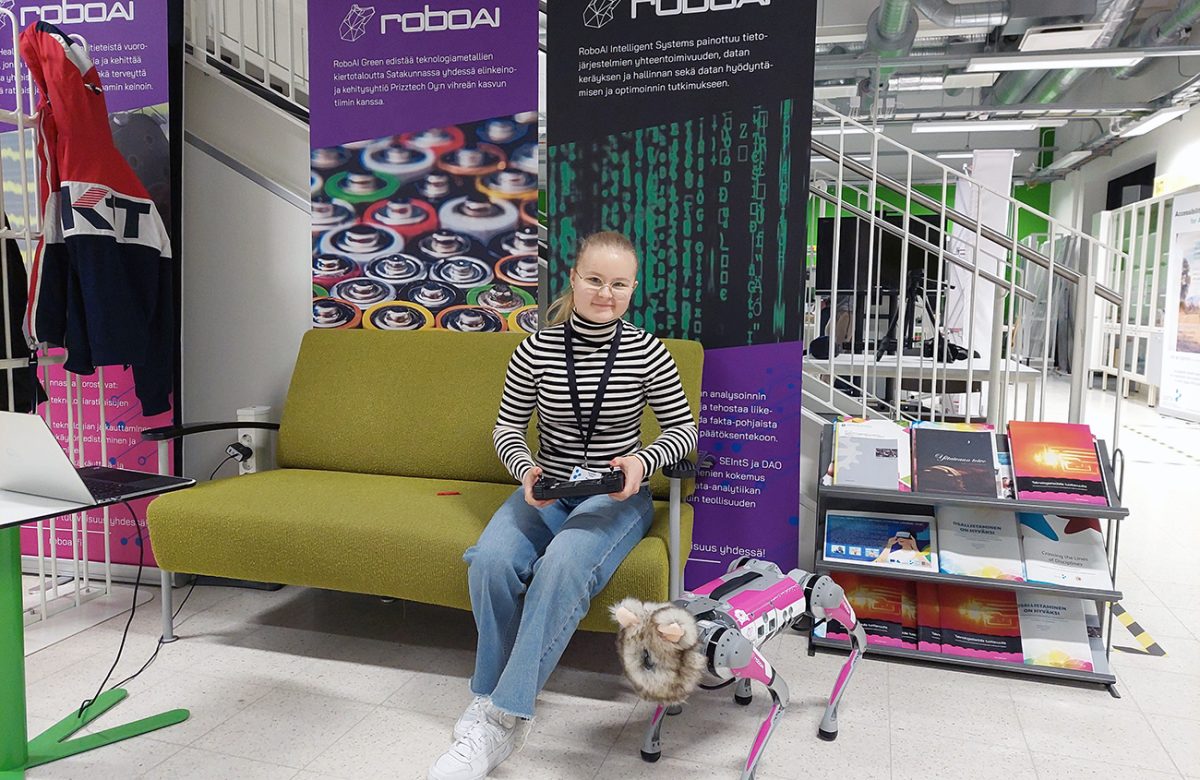
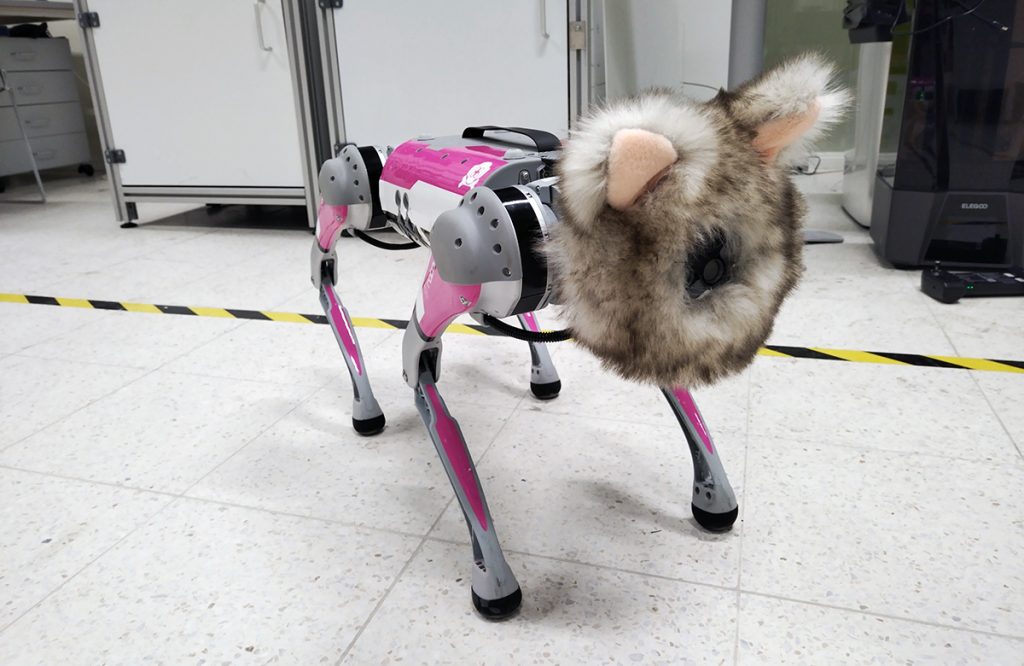
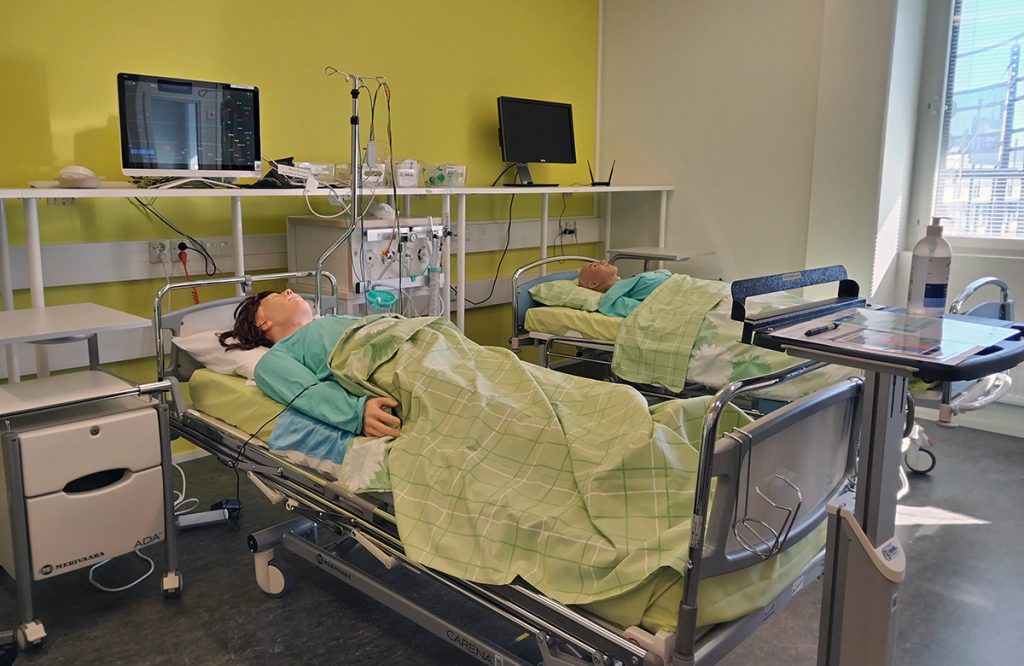
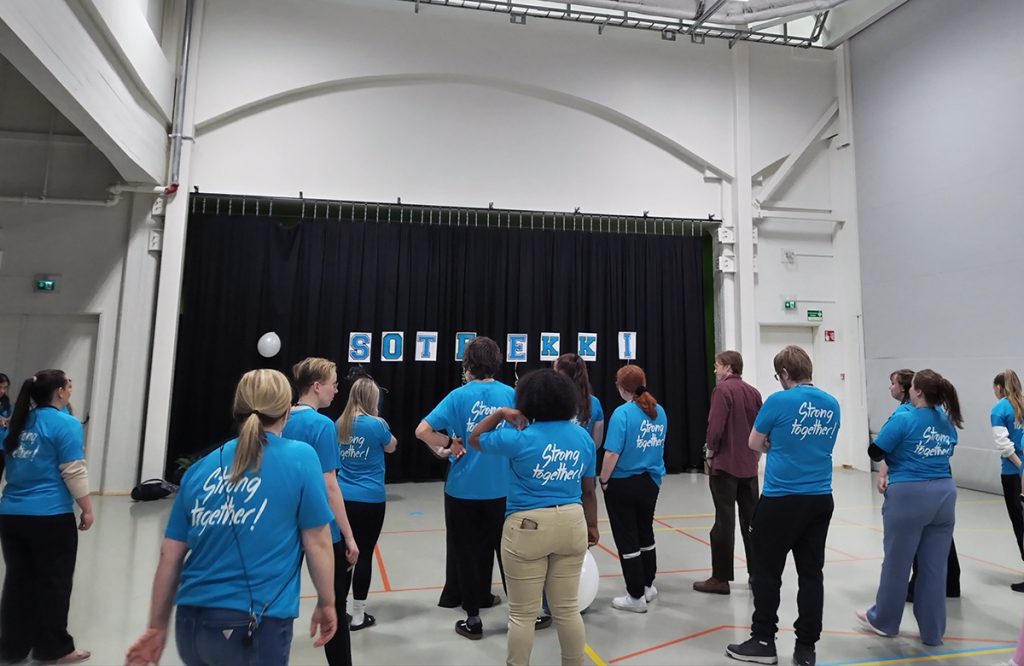

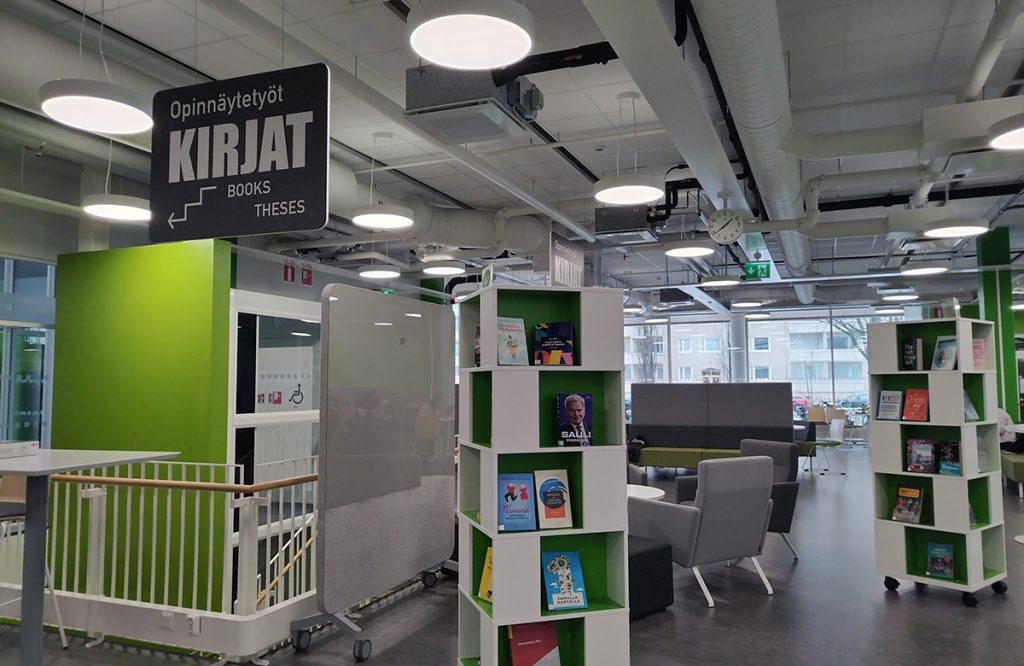
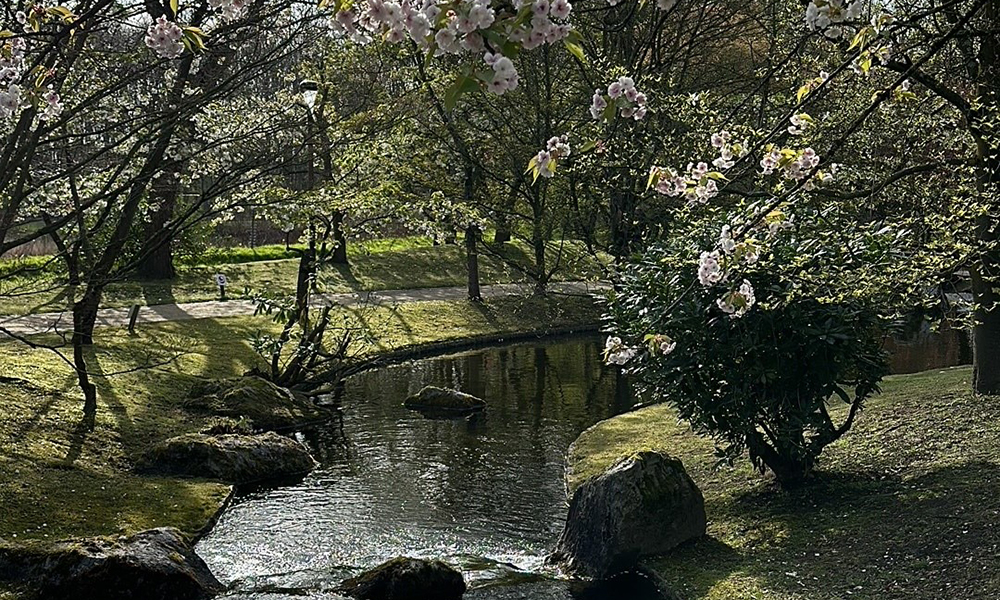
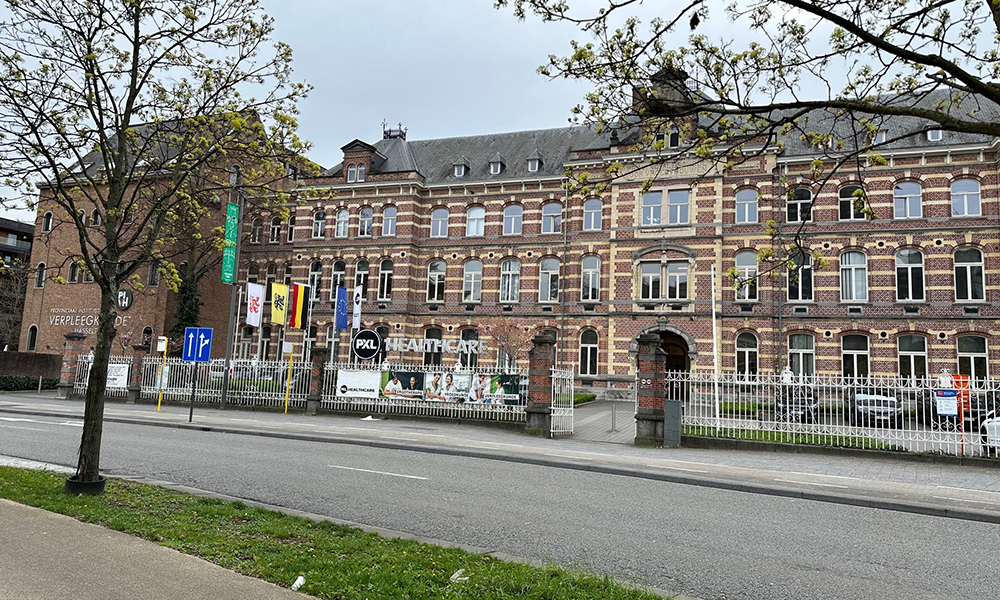
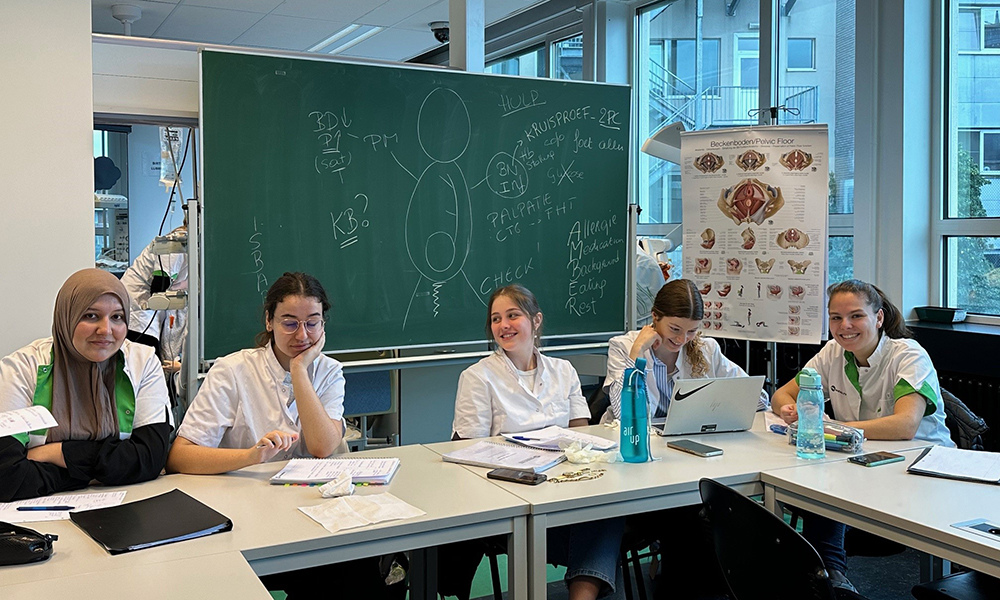
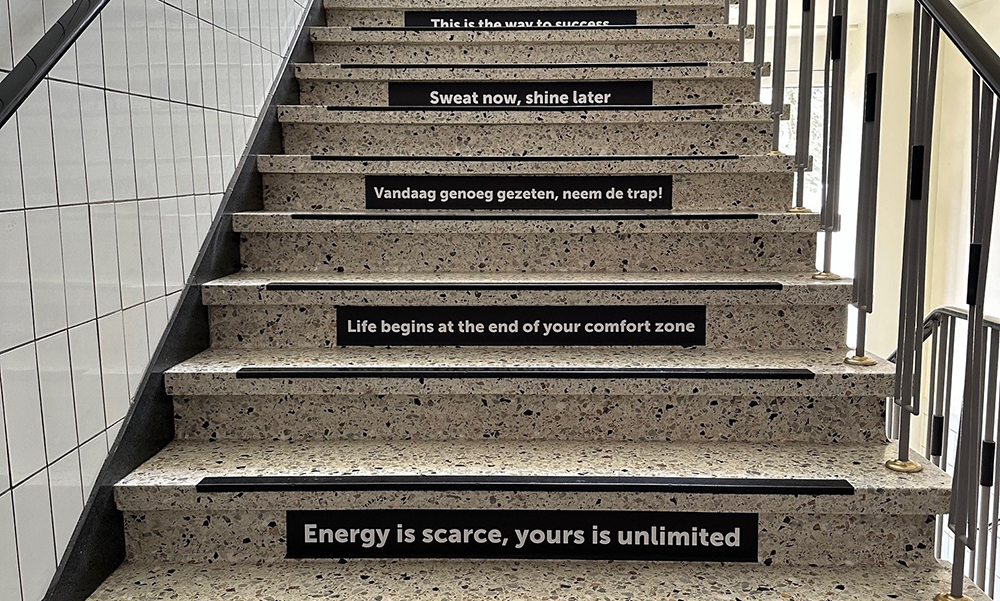
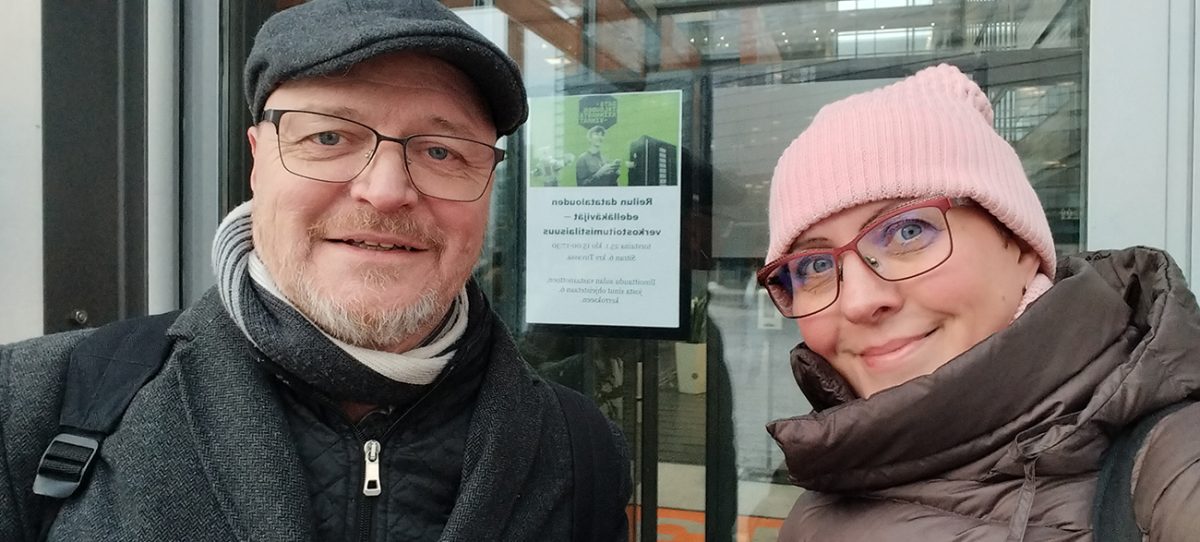
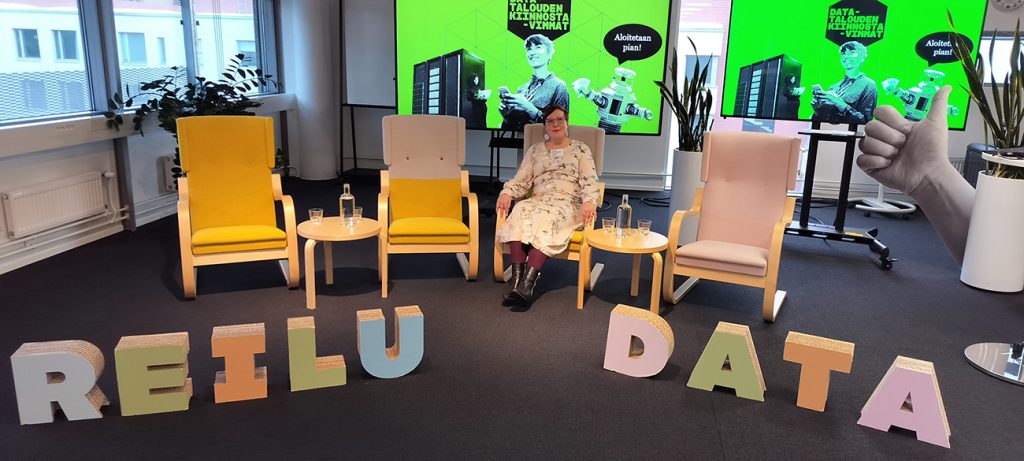

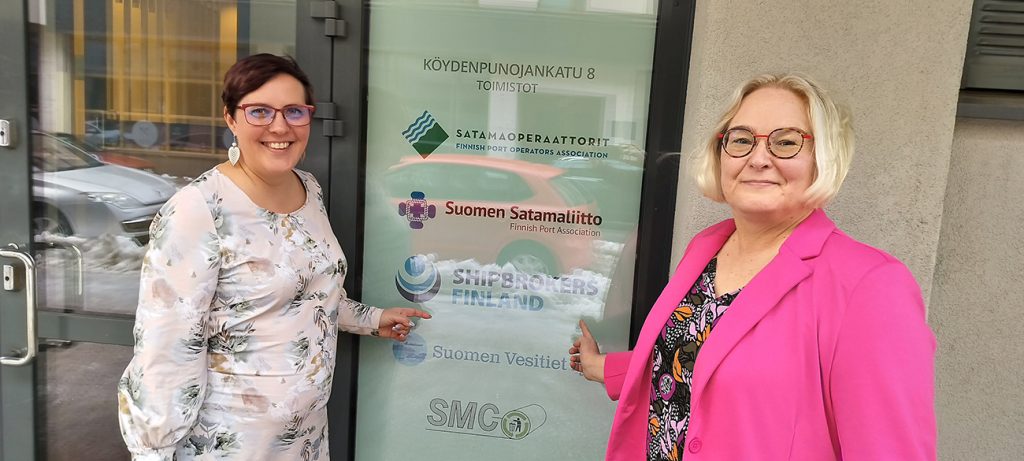
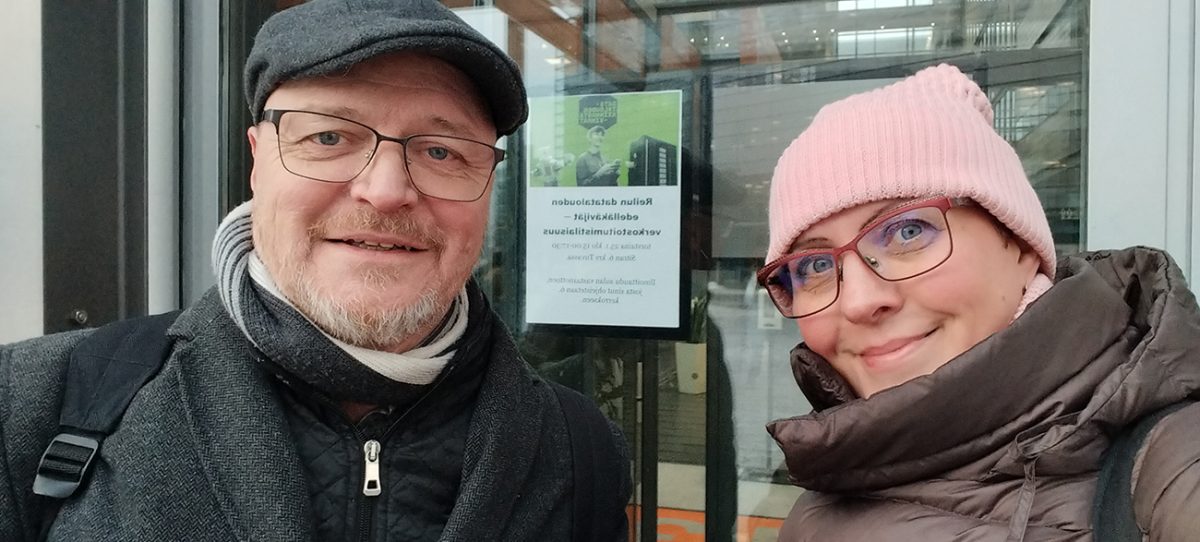
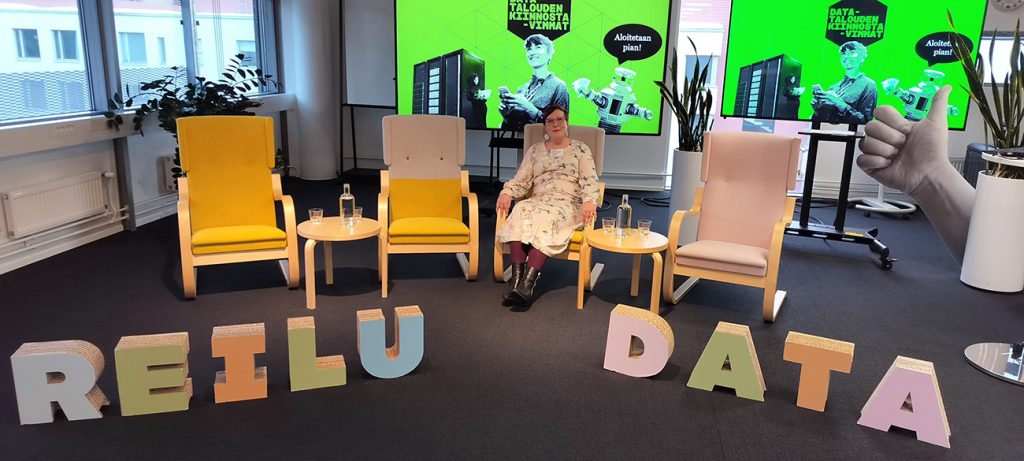
![Minna Keinänen-Toivola (SAMK), Emmi Huvitus ja Miikka Kälvinmäki [Fintraffic Meriliikenteen ohjauskeskus (Fintraffic VTS)] ovat valmiina tiiviiseen yhteistyöhön NEMO:n parissa.](https://samkarit.samk.fi/wp-content/uploads/2024/03/Kuva3_Koivisto-1024x461.jpg)
